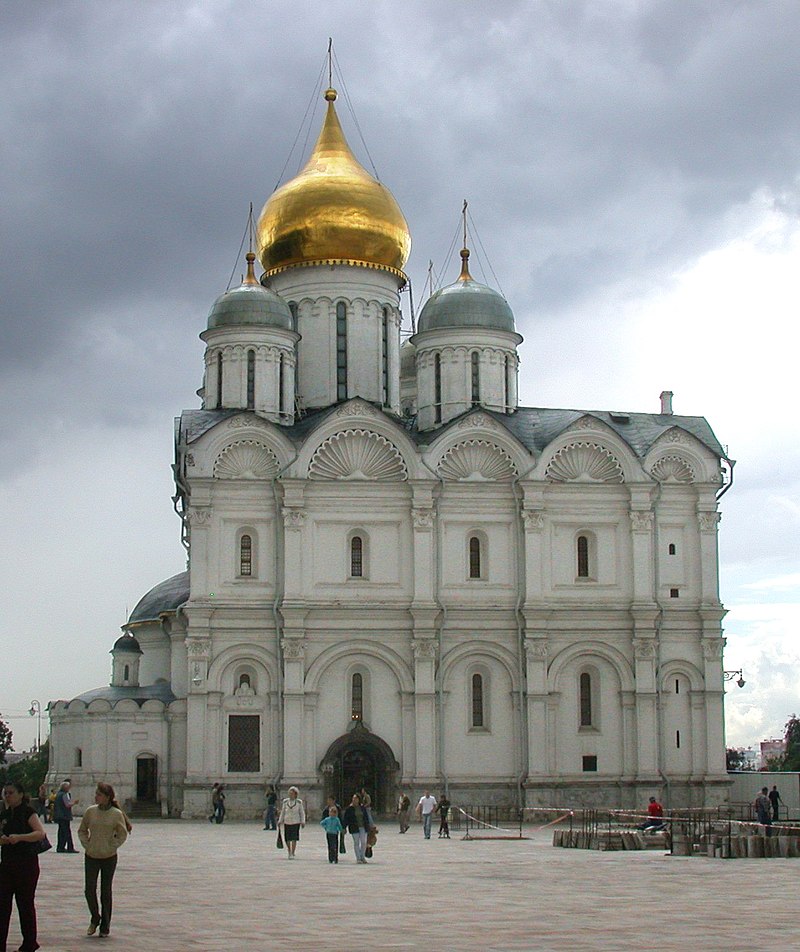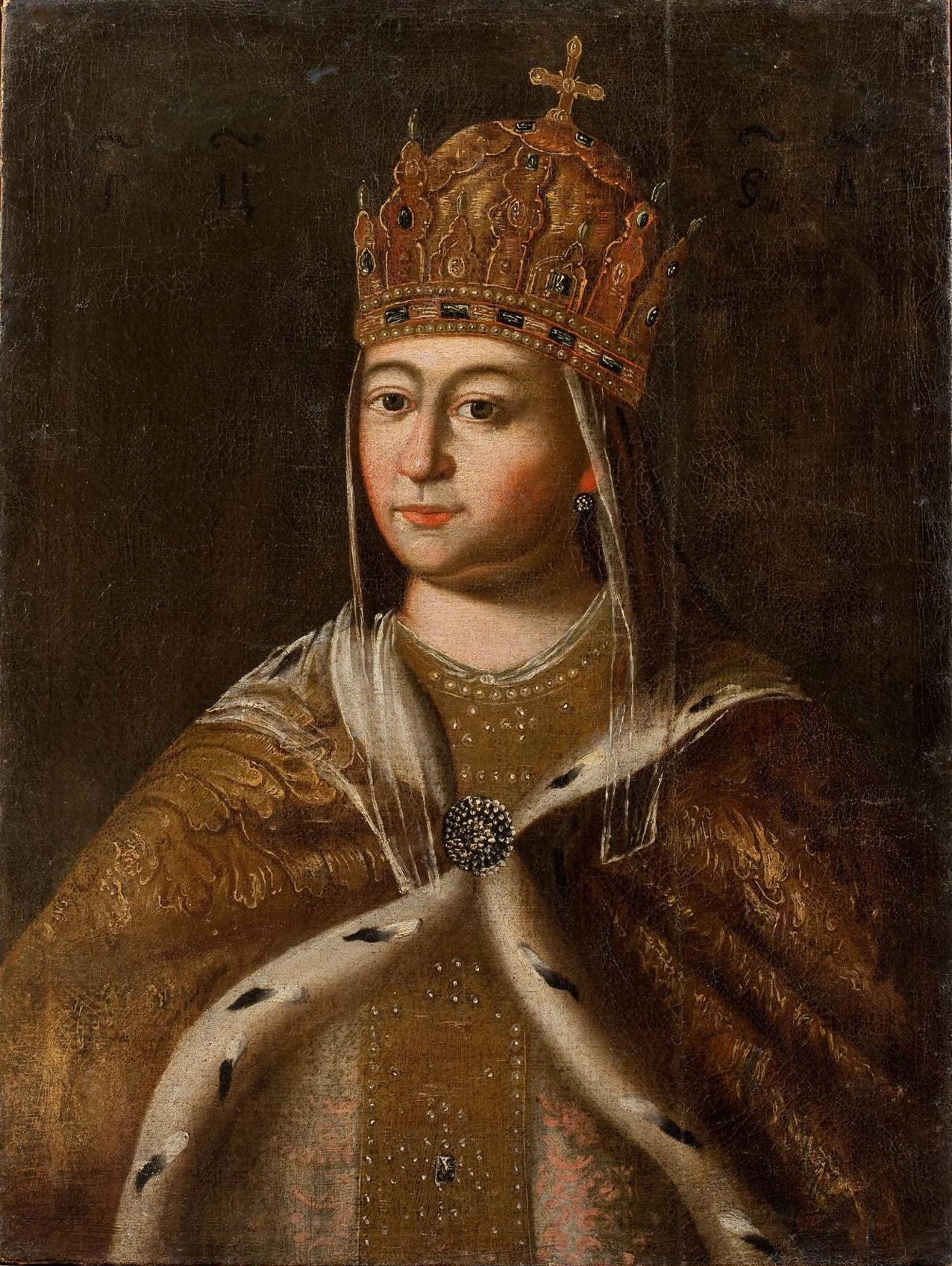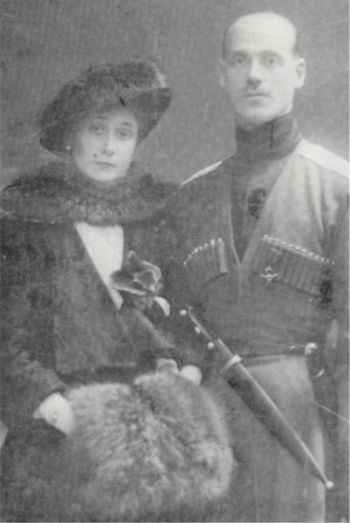by Susan Flantzer
© Unofficial Royalty 2018

Maria Vladimirovna Dolgorukova, Tsaritsa of All Russia; Credit – https://alchetron.com/Maria-Dolgorukova
Born about 1598, Princess Maria Vladimirovna Dolgorukova, the first wife of Michael I, Tsar of All Russia, was the only child of Prince Vladimir Timofeevich Dolgorukov and his first wife Princess Maria Eletskaya. Vladimir Timofeevich served as a military commander for three tsars and was appointed Viceroy of Kazan by Michael I.
Maria Vladimirovna had three half-siblings from her father’s third marriage to Princess Marfa Vasilievna Barbashina:
- Marfa Vladimirovna Dolgorukova (circa 1600 – 1634 ), married Prince Ivan Ivanovich Pugovka Shuisky, brother of the late Tsar Vasily Shuisky
- Elena Vladimirovna Dolgorukova (circa 1602 – 1632 )
- Fetinya Vladimirovna Dolgorukova (circa 1672 ), married Prince Yuri Andreevich Sitsky
In 1616, Michael selected a bride, Maria Ivanovna Khlopova. Michael was naive and inexperienced in court politics and had chosen a bride without allies at court. When Maria Ivanovna and her family arrived at court for the betrothal, the court intrigue began. The Saltykovs, relatives of Michael’s mother, arranged to have a strong emetic placed in Maria Ivanovna’s food, resulting in violent spasms. Then the Saltykovs bribed several doctors to tell Michael that Maria Ivanovna suffered from an incurable disease and her family was deceiving him about her health. The wedding never took place and Michael was persuaded to send the Khlopova family to Siberia as punishment.
Michael’s mother, born Xenia Ivanovna Shestova, but now a nun known as Marfa, chose her son’s second wife, Maria Vladimirovna Dolgorukova. One of Maria Vladimirovna’s sisters had married a brother of the late Tsar Vasily Shuisky and another sister had married a cousin of Michael’s father. It appears that the betrothal ceremony on July 12, 1623, was held in some secrecy. Records show that the bride’s name was not mentioned and her father’s name was not listed among the names of the nobles in attendance. Perhaps, in order to avoid the intrigues that plagued Maria Ivanovna Khlopova, the identity of the bride was kept secret until three days before the wedding.
Michael and Maria Vladimirovna were married on September 19, 1624, witnessed by many nobles and their wives. Celebrations continued the next day, but the new Tsaritsa became ill and was not present. It is unclear exactly what happened but five months later, on January 17, 1625, Maria Vladimirovna died. Rumors at the time said she had been poisoned by the enemies of the Dolgorukov family. Chronicles of the time called her death a divine punishment for the fate of Maria Ivanovna Khlopova and her family. Other contemporary writers said Maria Vladimirovna died giving birth to a stillborn baby.
On January 18, 1625, Maria Vladimirovna, Tsaritsa of All Russia was buried at the Ascension Convent, a Russian Orthodox convent and cathedral in the Moscow Kremlin where royal and noble women were buried. In 1929, the Ascension Convent was dismantled by the Soviets to make room for the Red Commanders School. At that time, the remains of those buried there were moved to the crypt of the Archangel Cathedral in the Moscow Kremlin.

Ascension Convent, Maria Vladimirovna’s original burial place; Photo Credit – Wikipedia

Archangel Cathedral, Maria Vladimirovna’s current burial place; Photo Credit – Wikipedia
This article is the intellectual property of Unofficial Royalty and is NOT TO BE COPIED, EDITED, OR POSTED IN ANY FORM ON ANOTHER WEBSITE under any circumstances. It is permissible to use a link that directs to Unofficial Royalty.
Romanov Resources at Unofficial Royalty
- Tsardom of Russia/Russian Empire Index
- Romanov Births, Marriages and Deaths
- Romanov Burial Sites
- Romanovs Killed During the Russian Revolution
- Romanovs Who Survived the Russian Revolution
Works Cited
- En.wikipedia.org. (2017). Maria Dolgorukova. [online] Available at: https://en.wikipedia.org/wiki/Maria_Dolgorukova [Accessed 11 Nov. 2017].
- Lincoln, W. Bruce. (1981). The Romanovs: Autocrats of All the Russias. New York, NY.: Doubleday.
- Ru.wikipedia.org. (2017). Долгорукова, Мария Владимировна. [online] Available at: https://ru.wikipedia.org/wiki/%D0%94%D0%BE%D0%BB%D0%B3%D0%BE%D1%80%D1%83%D0%BA%D0%BE%D0%B2%D0%B0,_%D0%9C%D0%B0%D1%80%D0%B8%D1%8F_%D0%92%D0%BB%D0%B0%D0%B4%D0%B8%D0%BC%D0%B8%D1%80%D0%BE%D0%B2%D0%BD%D0%B0 [Accessed 11 Nov. 2017].

























